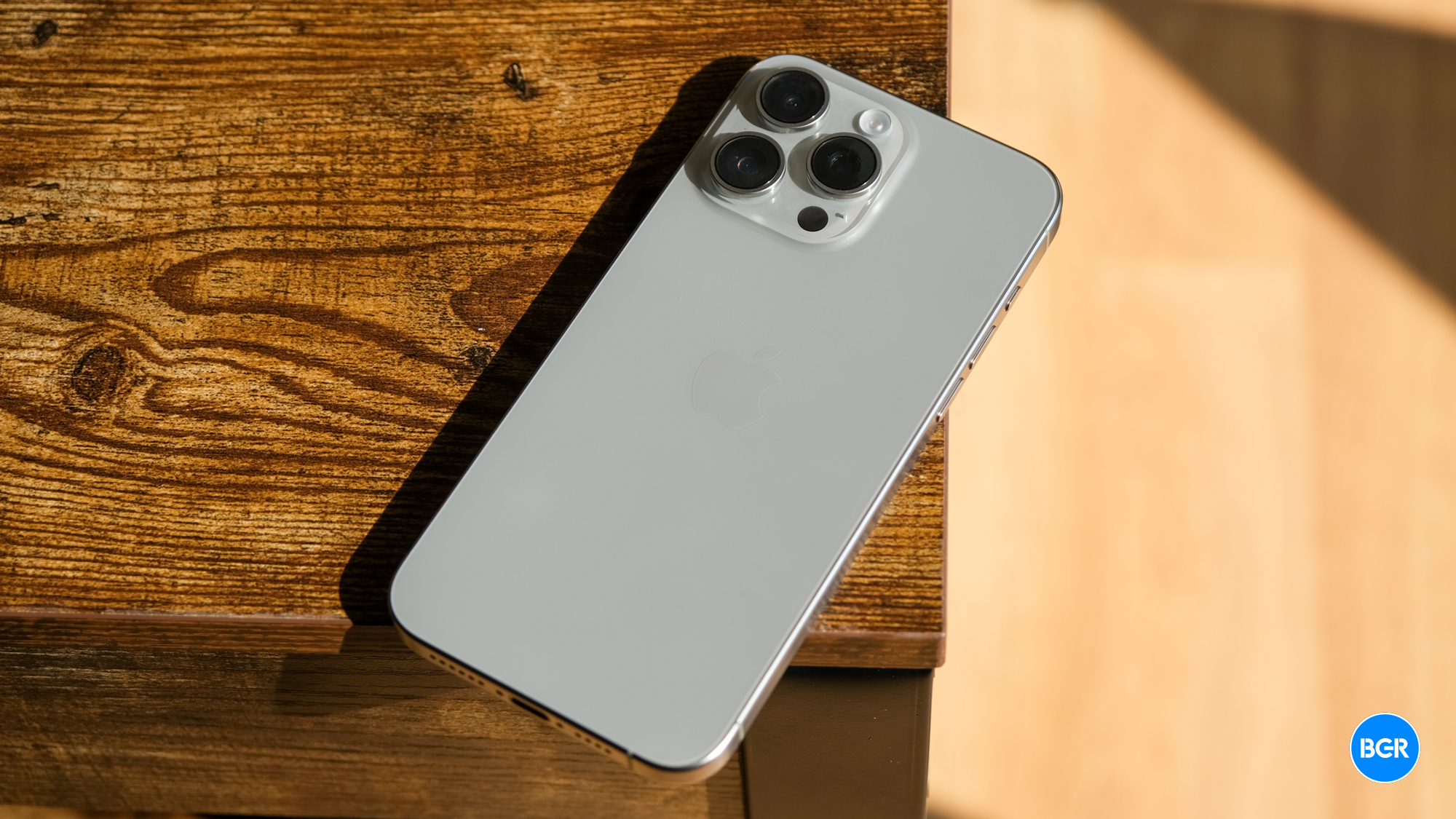Once the iPhone 15 Pro overheating complaints started piling up, I said I hoped the iPhone 16 wouldn’t also be impacted by overheating issues. I said I expected the iPhone 15 Pro’s chip to power the base iPhone 16 models next year. The best way to prevent overheating issues would be to improve cooling, rather than rely on software.
After that, Apple did indeed release an iOS 17 update to fix bugs in the operating system. iPhone 15 Pro and 15 Pro Max users reported that the fix reduced overheating instances without impacting performance. But other people said that their phones were still plagued by overheating issues. As I said more than once, some overheating is normal for smartphones, especially when gaming or running apps that tax the processor.
Other rumors then said Apple might create a brand new chip for the iPhone 16 and 16 Plus. A mysterious entry-level A18 processor could join the A18 Pro, which will power the iPhone 16 Pro variants. A brand-new chip generation could bring more efficiency gains to the iPhone and, hopefully, reduce overheating. But next-gen A-series chips will also be more powerful, and they’ll obviously still generate heat when running more intensive tasks.
Now, two months after the iPhone 15 launch, an insider claims Apple is working on a graphene cooling system for the iPhone 16 series. And it’s a rumor I hope comes true.
I still haven’t upgraded my iPhone 14 Pro, and I don’t intend to this year. It’s not because the iPhone 15 Pro has overheating problems. Last year’s model is still great for my needs. But I will get an iPhone 16 next year, especially if Apple plans to add exclusive Apple GPT features to the iPhone 16 Pro and 16 Pro Max. Native generative AI support is my number one request for the upcoming iPhone series.
Then, I’d want better battery life from my next iPhone. Considering the iPhone 15 Pro’s overheating issues, better cooling would also be a top-three feature for me.
If leaker KosutamiSan is correct, Apple is working on a graphene thermal system for the iPhone 16 series to improve cooling. Moreover, the iPhone 16 Pro battery will reportedly feature a metal shell.
It’s unclear if graphene cooling will be available to all four iPhone 16 models, or why only the iPhone 16 Pros would get batteries with metal shells. Not to mention that we’re still early in the iPhone 16 rumors season. Apple can try various ideas before committing to anything.
Also, while KosutamiSan has been accurate before, not all his predictions came true. Most recently, he was wrong about Apple’s USB-C cables for the iPhone 15 series.
But let’s remember how powerful the A17 Pro chip is. It can play console-grade games, and it outscores Macs with M1 and M2 chips in benchmark tests. The reason it overheats also has to do with cooling. There’s limited space inside the handset for Apple to squeeze an active cooling system.
As we saw from teardowns, graphite films cover parts of the iPhone to improve heat exchange. That’s not enough, however. Graphite is not graphene.
Smartphones will throttle performance when overheating so they can cool down. But that’s not something I want from my future iPhone 16.
Using a graphene system might improve cooling significantly, but that’s just speculation. A metal case for the battery would help move heat toward the iPhone’s exterior. This could help with heat dissipation. But again, we have no way of knowing whether it would really work. Adding more metal inside the phone would also increase the weight.
If Apple will go forward with this cooling idea, we should hear more about it as we get closer to the iPhone 16’s launch. Even if the rumor doesn’t pan out, I certainly hope the iPhone 16 will have better cooling than the iPhone 15.
Meanwhile, here’s what the iPhone 15 Pro looks like on the inside, according to PBKreviews’ teardown.

